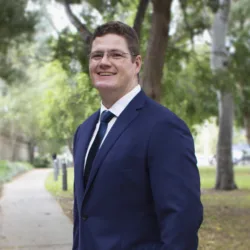We were unable to find that article
The article you’re looking for may no longer be published, explore all ideas below.
Cundall Conversations
Sharing our talent, experience and passion for the built environment through conversations about the things that matter most.























